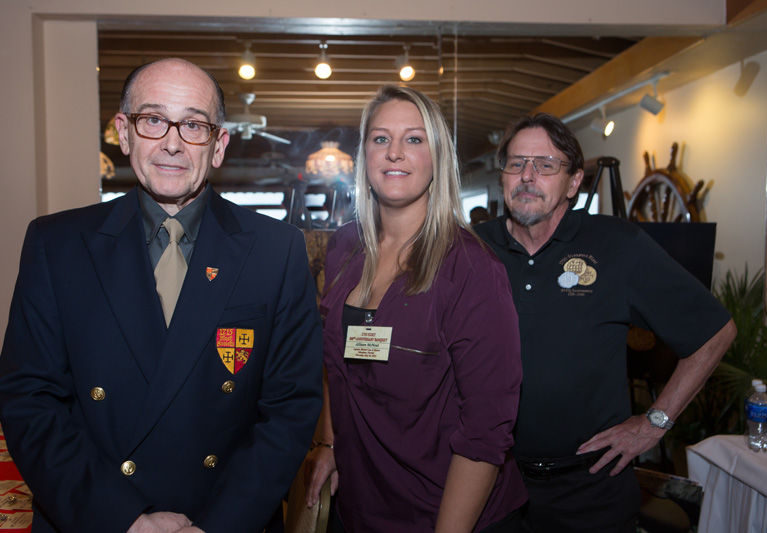
Since 1965, when an extraordinary exhibit of pieces of eight and other riches discovered by Kip Wagner and his Real Eight Company team was featured in National Geographic, the hunt for treasure from the 1715 Spanish Plate Fleet has been endless.
Salvagers continue to unearth millions of dollars’ worth of silver and gold, rare coins, gold chains, jewelry and assorted booty from the sea. The treasure was scattered along the ocean floor and along our shoreline from a fleet of 11 ships which went down in during a summer hurricane, losing not just valuables but upwards of 1,000 shipmates.
The ships had left Havana and were headed home to Spain, bringing riches secured in the New World to Spain’s King Phillip V, but only a French vessel, accompanying the fleet for protection, survived the storm. (Philip was the grandson of France’s King Louis XIV so both countries were ruled by the Bourbon dynasty at the time.)
Spain would later salvage what it could; claiming that much was recovered, but discoveries made over the years continue to encourage a gold rush of treasure hunters, including our most well-known local salvager, Mel Fisher.
The 1715 Fleet Society, a non-profit organization headed by directors Ben Costello, Ernie Richards and Will Brisben, coordinated last week’s 300th Anniversary Commemoration in conjunction with historian Pam Cooper, head of the Indian River County Library’s Archive Center and Genealogy Department, and the Indian River Chamber of Commerce.
The week-long event enticed hundreds of diehard enthusiasts, coin experts, investors, historians and treasure hunters, eager to learn more about past and recent finds. Everyone was exhilarated by a June discovery by the Schmitt family of $1 million worth of Spanish coins off Fort Pierce, which included a rare 1715 gold “royal” coin.
Included in the week of activities were authors Eugene Lyon, Ernie Richards, Margaret Weller and others who spoke at the Indian River Main Library; lectures and tours at the Mel Fisher Treasure Museum, and numerous children’s activities at all three local libraries. Brent Brisben, Taffi Fisher Abt and Bill Moore were among those who spoke at a two-day symposium at the Vero Beach Museum, and treasure enthusiasts and experts such as coin evaluators Sedgwick Coins and Artifacts, considered one of the foremost authorities on fleet salvage, were at a variety of meet-and-greets
On Thursday, a bus tour with Weller traveled to the Fisher Museum, the McLarty Treasure Museum and various treasure sites, and the tour was followed by a 1715 Fleet Commemorative Banquet held at Capt. Hiram’s Tiffany Room. The final event was the burying of a time capsule at Jaycee Beach, to be opened a century from now.
Alex Kuze, a banquet attendee, discovered one of the more impressive finds while scuba diving for lobster in 1977. The decorative gold platter is now on display at the Museum of Florida History in Tallahassee.
“I wasn’t really a treasure hunter and on my sixth dive I happened to find this platter,” said Kuze, of the relic he found near a cannon. “Now it is in Tallahassee in a museum. I was ecstatic but then the State of Florida claimed it.”
Although experts say it was worth considerably more, possibly even $1 million, the State of Florida estimated its value at $25,000, claiming ownership and giving Kuze half that amount in gold coins. His was one of what many treasure hunters call the joy and heartbreak of discovery; their historic finds being laid claim to by the government, salvagers and even in one case, the country of Spain.



